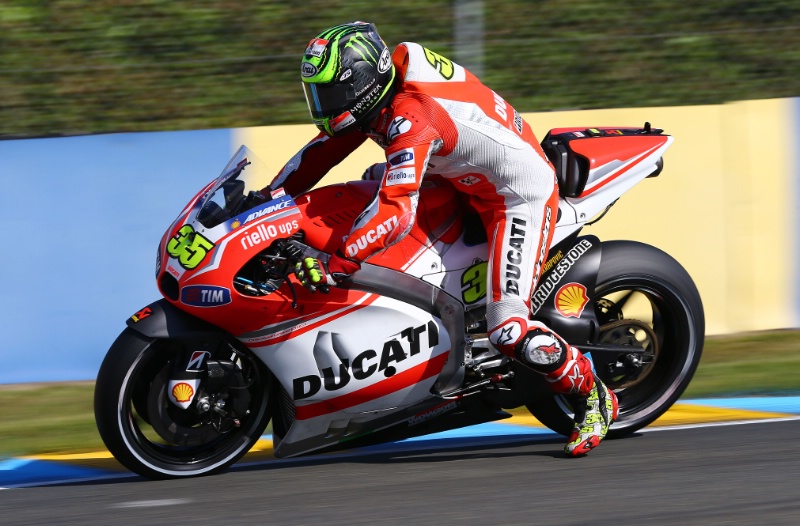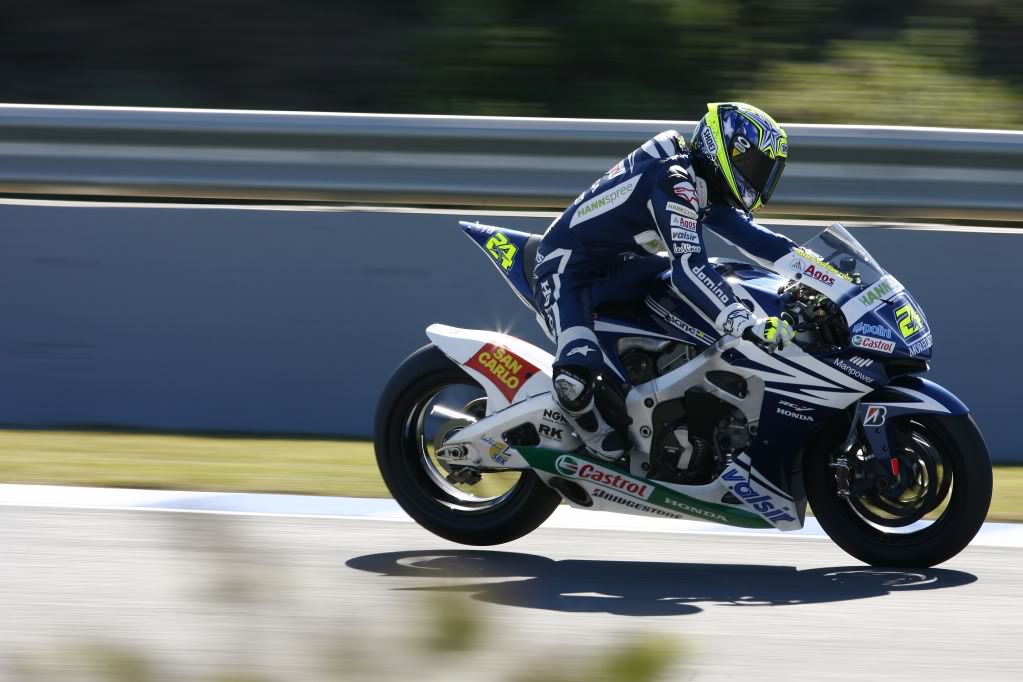Motorcycle braking, the most important aspect of riding a motorcycle. It isn’t as simple as it may seem, just squeezing the brakes. Different terrains and different bikes will react differently to braking. One needs to exercise more caution while braking on wet, oily or dusty surfaces. But remember this, the most effective way to avoid an accident would be through proper use of brakes.
It a takes time and practice to master the art of braking. Although newer bikes get ABS (Anti-lock Braking system) now, most existing bikes out in the market do not have ABS. So if you do get yourself into a dangerous situation, grabbing a handful of that brake leaver will wash you out in no time. We do get asked a lot of questions about braking, so start taking notes, it will make you a safer rider.
Front brake or rear brake: 90% of the braking on motorcycles is done by the front brakes (except cruisers). Thus motorcycles have larger front discs than the rear. This is because most of the weight of the bike and the rider is transferred in front as the bike slows down. In city riding you use a ratio of 70-30. 70% of the braking effort should go the front wheel and 30% on the rear. It’s a different story on the race track, where you have sticky tyres and more traction on the tarmac, riders rarely use the rear brakes.
Progressive braking: Brakes should never be used too quickly or suddenly. Braking should always be slow and progressive. Let us explain why… Suspension of the motorcycle also plays a vital role while braking. As you are decelerating, the weight transfers to the front of the bike. This compresses the suspension and flattens out the tyre, increasing contact patch and the grip of the tyre, thus increasing braking power. The suspension of a bikes takes time to compress based on how soft or hard it is. If you squeeze the brakes too hard, the weight of the bike transfers in front too quickly, not giving enough time to the suspension to compress. Resulting in all the load on the tyre’s grip and its contact patch. In this situation the tyres can even give away. Hence, you must follow progressive braking by pressing the brakes, letting the suspension compress and continue braking harder. You might think this may cost you time in a dangerous situation but doing this in fact will help you stop faster.
How hard should you brake: Learn and understand your motorcycles braking limits. The key to keeping your bike in control is to explore how much you can brake on different surfaces. Practice braking in a safe, open environment. Practice on different surfaces, wet & dry. Try stopping with only your front brakes.
- Practice on different surfaces – wet, dry and dirt.
- Practice braking only with front brakes
- Practice only with rear
- Then use a combination of both front and rear brakes
- Use marker signs to try braking in shorter distance
Once you understand the concept of weight transfer, you’ll realize it’s easier to lock (skid) the rear wheel while braking. But it’s also easier to recover from a rear wheel lock than a front wheel lock. You’ll also realize that you can get away with applying more pressure on higher speeds. Learn those limits.
Braking while turning: Try and complete most of your braking when your bike is upright. Tyres are most effective when they are upright (at 90 degree to the ground). Once your bike is leaned over, there are other cornering forces already acting upon the tyres grip. And those forces keep increasing as the bike leans over more. Thus the tyres ability to take more braking pressure also decreases. Grabbing the front brake might not break the tyre free of traction when upright, but if you apply the same force when leaned over you’re sure to skid. If you have seen MotoGP races & their braking while turning, they use an advanced braking technique called as Trail braking. (Click to know more on trial braking)
Do not pull the clutch: Most riders make a common mistake of pulling the clutch while braking. This renders the bike free from engine braking and puts all the pressure on the brakes. A motorcycle engine has a tendency to go to its idling RPM when you let go of the throttle. Keeping the engine engaged while braking will help you slow down faster with the engine braking forces and keep you in control of the bike. Do not press the clutch until your bike is about to come to a near stop.
Practicing is the key to mastering braking. In a perilous situation our survival instinct will make us grab the brakes hard, learn to overcome that panic behavior. It will definitely help you become a safer rider. Once you understand the finer points of your bikes braking ability, you can even try braking while cornering. But with caution of course.



